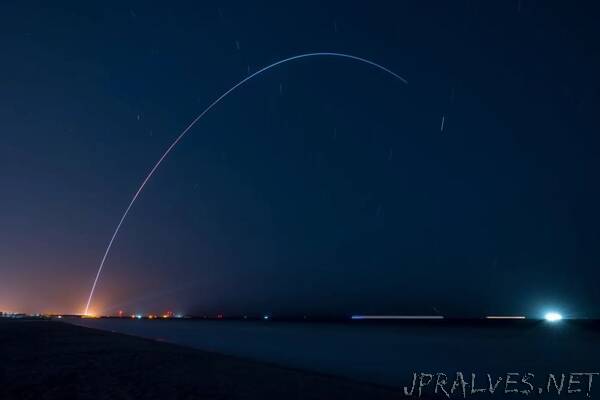
“Relativity Space achieved a massively important milestone just before 11:30 PM ET on Wednesday, with the first ever flight of its 3D-printed rocket technology. Its Terran 1 rocket took off from Cape Canaveral in Florida, successfully clearing the pad and launch structure, and achieving ‘Max Q’ – or the point during the launch sequence at which the vehicle is under the most pressure in terms of atmospheric resistance and stress – and also succeeded at cutting off its main engines and separating its first stage as intended.
The launch did not reach orbit, which is an extremely rare thing to happen on a new space launch platform’s first ever flight anyway. Relativity said during the launch that they encountered an anomaly with the second stage engines after main engine cut-off and stage separation, which meant Terran 1 didn’t continue on its intended path to low-Earth orbit. This test launch did not include a payload or fairing, but instead carried a demonstration weight in the form of an early 3D-printed part from the company’s rocket development process.
Relativity Space’s first launch should definitely be counted as a success, as the company proved that its 3D-printed rocket body can withstand the extreme forces at play during that crucial ‘Max Q’ period. Basically, Max Q is the part of any launch when everyone in Mission Control holds their breath, because it’s when the odds are most stacked against the rocket surviving the various arrayed forces of physics.
Tim Ellis and Jordan Noone founded Relativity Space in 2015, and the company has been iterating and scaling its 3D-printing tech ever since, expanding to larger and larger manufacturing facilities. The company announced a 1-million square foot rocket factory in 2021, where it intended to build its larger-capacity Terran R rocket, the bigger sibling to the small payload Terran 1 that launched on Tuesday.
“
